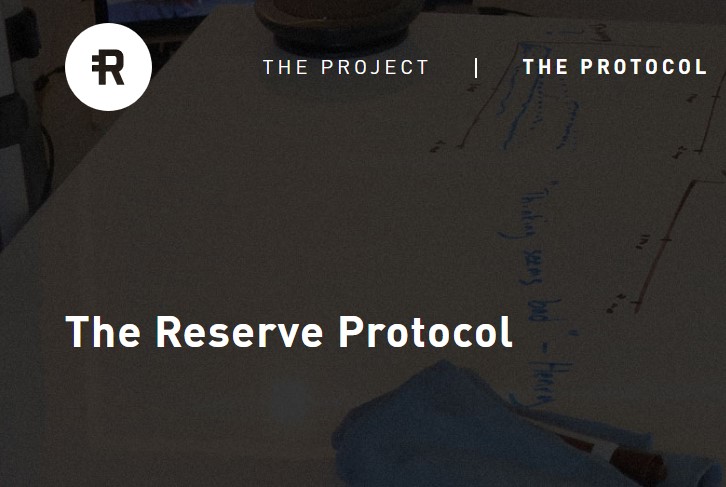Reserve is a stable, global currency (a stablecoin) and a digital payment system for people and businesses in countries with high inflation
The Reserve Protocol interacts with two tokens, Reserve (RSV) and the Reserve Network token (RSVN). See Reserve Protocol Price for Private Sale, Seed, Allocation on Cryptozebra
Nevin Freeman – CO-FOUNDER AND CEO of Reserve Protocol
Reserve (RSV)
RSV is a stable cryptocurrency that can be held and spent the way we use US dollars and other stable fiat money. It is a decentralized, asset-backed stablecoin. RSV transactions have a 0.1% transaction fee, which can be adjusted over time.
If demand goes down for RSV, prices are expected to fall on secondary markets. What happens then?
The redemption price of RSV is $1.00. If the price of RSV on the open market is $0.98, arbitrageurs will be incentivized to buy it up and redeem it with the Reserve smart contract for $1.00 worth of collateral tokens. They’ll continue buying on open markets until there is no more money to be made, which is when the market price matches the redemption price of $1.00.
The same mechanism works in reverse when demand goes up. If the price of RSV on the open market is $1.02, arbitrageurs will be incentivized to purchase newly minted RSV tokens for $1.00 worth of collateral, and immediately sell them on the open market. They’ll continue selling on open markets until there is no more money to be made, which is when the market price matches the purchase price of $1.00.
The collateral tokens are other assets that are held by the Reserve smart contract in order to back the value of RSV, similar to when the US government used to back the US dollar with gold. The protocol is designed to hold collateral tokens worth 100% of the value of all RSV tokens. Many of the collateral tokens will be tokenized real-world assets such as tokenized dollars and US treasury bills. The portfolio will start off relatively simple and diversify over time as more asset classes are tokenized. The Reserve team has already tokenized US dollars with a Nevada trust company, in a similar way to other USD-backed coins in circulation today.
These tokenized collateral assets will be domiciled in many different countries. If any tokenized asset is coming under regulatory pressure, the Reserve smart contract can trade those tokens for other collateral tokens, thus reducing its dependence on that country. This is somewhat analogous to EOS – there are points of centralization, but they can be voted out easily any time.
If a collateral token fully defaults for some reason, the lost value is made up by minting and selling additional RSVN tokens.
Reserve Protocol – Token Economics
Reserve Network token (RSVN)
RSVN is the secondary token in the Reserve network, and is a normal volatile cryptoasset. If the RSV token grows in circulation and usage, the supply of the RSVN token is reduced, since it’s used for some of the transactions in the protocol and burned.
The Reserve smart contract accumulates RSV stablecoins through two means:
- Transaction fees on RSV transfers (0.1% by default, can be updated)
- Appreciation of collateral tokens (e.g. tokenized US treasury bills)
Transaction fees for RSV are paid in RSV tokens. When collateral assets appreciate, additional RSV tokens are minted, backed by that new collateral value.
When the RSV token is trading above $1.00, any excess RSV tokens in this pool can be purchased from the Reserve smart contract. Purchases are only available to RSVN token holders. Once the purchase is made, the RSVN tokens are burned. These purchases will tend to be made by arbitrageurs, in the following pattern:
- Buy $1.00 worth of RSVN on an exchange
- Trade $1.00 worth of RSVN for one RSV token with the Reserve smart contract
- Sell one RSV for $1.02 on an exchange
- (repeat)
When this occurs, it reduces the supply of RSVN tokens.
Suppose that $1M in RSV tokens has accumulated in this pool. This would lead to about $1M worth of RSVN tokens being burned.
Thus, the more RSV spreads, the more RSVN supply is reduced.
